So, the thing about weeds is that they can be both good and bad at the same time…
During cold days at the end of winter, we rely on weeds such as soursobs to shelter our pineapples from frost damage, simply by smothering them. Although this blocks the light, it does allow the pineapples – normally grown in sub-tropical climes - to over-winter in a temperate climate. The pineapples themselves are ‘grown-on’ vegetatively from the green spiky tops cut off non-hybrid pineapples and just ‘planted’ in rich soil. The new pineapple grows on a spike sent up from the original one in the second year. (This one-year old pineapple can be seen next to another ‘find’ - a bitter ‘radicchio’ lettuce also capable of over-wintering here on the Adelaide plains)
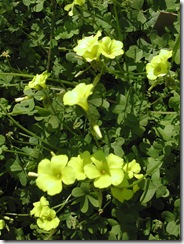 These same soursobs flower in early spring and so provide valuable early food for the bees, while protecting an otherwise bare soil surface from pounding rain.
These same soursobs flower in early spring and so provide valuable early food for the bees, while protecting an otherwise bare soil surface from pounding rain.
Worms also do well under soursobs during winter, enjoying a symbiotic relationship with organisms such as fungi and mychorrhiza that feed on the roots of vascular plants.
As the weather warms up, weeds actually prevent early evaporation losses by shading the soil.
On the downside, many plants – especially seedlings – don’t compete well against more vigorous weeds because shading weakens them, or forces them to grow long white stalks as they put all their energy into reaching up for the sunlight. (These long stalks are disastrous in lettuce and cabbage seedlings, for example, as the elongation never goes away, leaving the mature plant head lying somewhere nearby the root system on the ground instead of being held away from the soil on a short stem.)
So it’s up to the gardener to regress the balance between weeds and wanted plants by the reflective, if occasionally tedious, practice of ‘weeding’.
In among the weeds, one often finds things ‘forgotten’ since last year’s planting, such as this crop of garlic in the ‘before’ and ‘after’ photos above.
Or how about these (newly-washed) sweet potatoes, growing successfully in well-composted friable clay soils? This despite all the textbooks will tell you about sweet potatoes growing only in sandy soils!

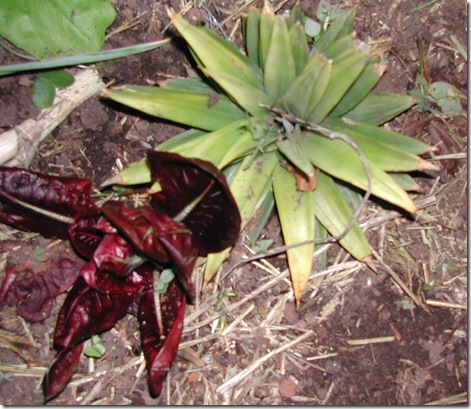
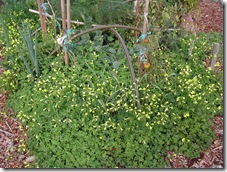
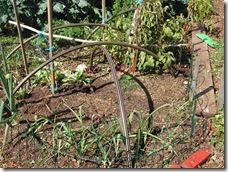
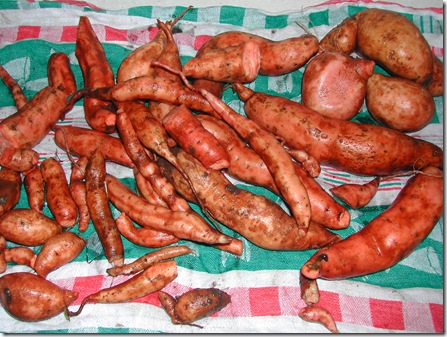
0 comments:
Post a Comment